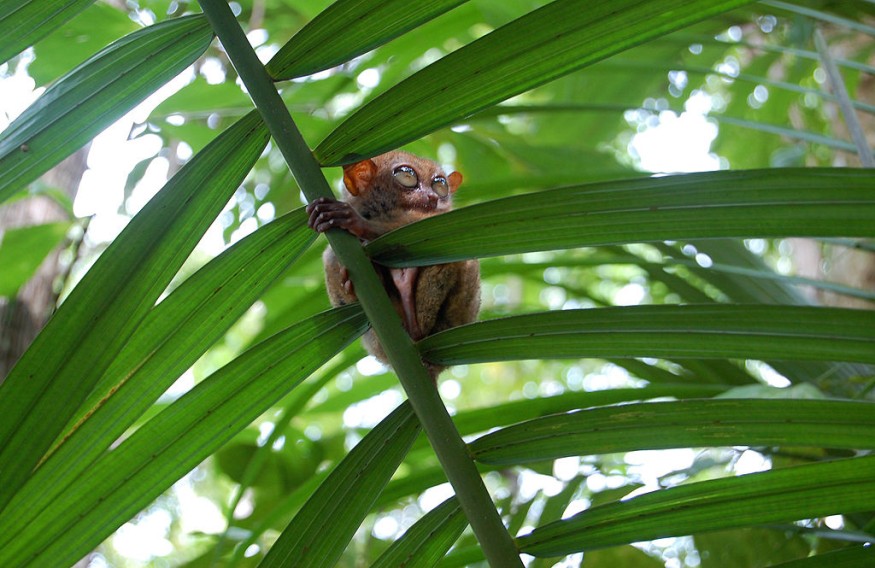
Tarsiers on an Indonesian island are quite the talents, singing duets together like opera singers.
With their large, pointed ears and round, expressive eyes, nocturnal tarsiers resembling the diminutive Jedi master Yoda from 'Star Wars' films were recorded having operatic ability as they sing duets in high notes.
Scientists say that the 'Yoda' primates exert themselves vocally to attract mates or signal each other to gather around and sleep, LiveScience reported. While Yoda never really demonstrated such ability, the tiny, monkeylike creatures seem to enjoy the performances as a form of "sexual selection", the new study suggests.
To learn more of this behavior, researchers from Sam Ratulangi University in Sulawesi and Cornell University in Ithaca, New York "eavesdropped" on these vocal performances of Gursky's spectral tarsiers (Tarsius spectrumgurskyae) last July and August 2018 in Tangkoko National Park in Sulawesi, Indonesia.
Morning Opera Singers
Measuring just 3.5 to 6 inches (9 to 15 centimeters) tall and weighing no more than 7 ounces (200 grams), Gursky's spectral tarsiers are native only to Sulawesi, an Indonesian island east of Borneo. According to senior study author Dena Clink, a researcher at Cornell's K. Lisa Yang Center for Conservation Bioacoustics, they are "one of the easier duetting primates to record and study, at least in Tangkoko National Park, as they have small home ranges and seem to duet most mornings."
"They are not afraid of humans, so we were able to get high-quality recordings relatively easily."
Using handheld digital recorder and autonomous recording devices installed in the tarsiers' jungle habitats, the team were able to capture 50 recordings of 14 pairs of the 'Yoda' tarsiers singing their morning duets. However, their findings published on Aug. 2 in the journal Frontiers in Ecology and Evolution suggest that these performances are "so taxing" that not all tarsiers can hit the fast and high notes, or duet proficiently.
The intricate duets which were performed between male and female tarsiers resembled coloratura - a singing style or elaborate ornamentation of a melody that produces many notes very rapidly used by opera singers during arias to showcase control and virtuosity.
Isabel Comella, lead study author and a researcher at the K. Lisa Yang Center, said that "tarsiers that sing more slowly do so with the widest range of frequencies within a note, while the tarsiers that repeat notes more quickly only appear capable of a narrower range of frequencies within a note," adding that only a minority managed to do both simultaneously.
Also read : Bizzare Seafloor Creature with Orange Spaghetti-Like Tentacles Spotted in the Gulf of California
Why the Range of Frequencies?
According to the research team, the broad range of frequencies during a duet may be more physiologically and neurologically taxing for the singing tarsiers, of which only physically fit individuals are able to do so.
Although the exact reason why the duets are so "complex and physically taxing" is unknown, the team says it is because the primates are rarely studied. Other possible explanations for the behavior include defense of territory or strengthening social bonds, and highly linked to organization of their social groups. Further research is still required to determine exactly what's behind the performances.
Related article : Dolphins Save British Swimmer from Shark by Forming Protective Circle Around Him Off New Zealand Coast
© 2025 NatureWorldNews.com All rights reserved. Do not reproduce without permission.





